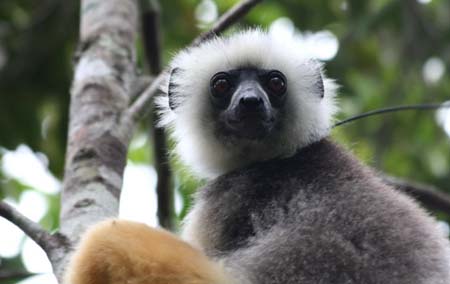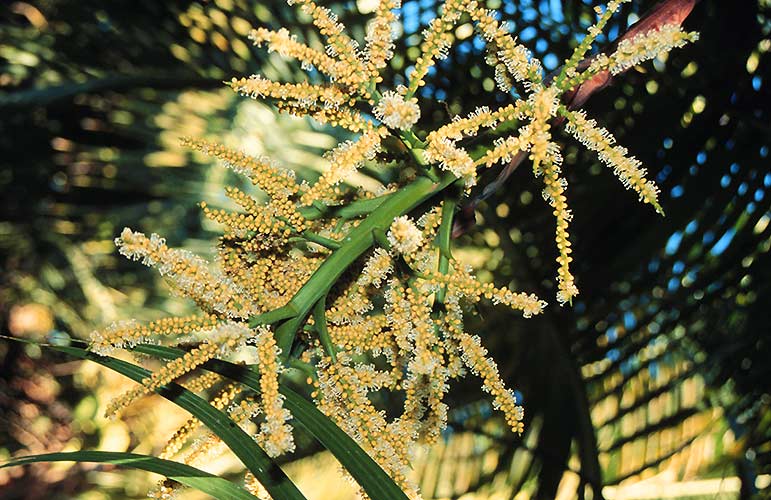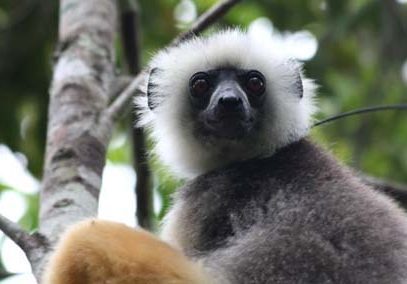
Ambatovaky
On the plan
Area 78 139 Ha
VISIT US
Depending on your means of transport :
- Ground Transportation
🛑 No direct road access.
🚗 Step 1: Join Soanierana Ivongo
🛶Step 2: From Soanierana Ivongo, take a canoe upriver to Andrangazaha (about 6 hours), then continue on foot for 27 km (about 5 hours of walking).
🥾 Step 3: Reach the heart of the Reserve
- Nearest entry point: Approximately 3 days of travel (combined road, canoe, and walking).
- Most remote point: Up to 6 days to explore the most distant areas of Ambatovaky.
- Maritime transport
🛳️ No maritime access
- Air transport
✈️ No flight connection
ℹ️ Essential information
⚠️ No hotel or restaurant on site: logistical arrangements must be made before departure.
🥾Bring bush gear: Lightweight tent & sleeping bag, walking shoes/boots, raincoat & rain gear, mosquito repellent, etc.
🎒 Trek level: experienced (rugged terrain, humid climate, no marked trails).
👥 Accompaniment by an MNP agent is mandatory: contact the Madagascar National Parks team in Soanierana Ivongo before any visit.
🕰️ Allow time for organization: all visits require prior authorization and the presence of a Reserve agent.
Fees and charges
Download the reference document to find out more about park fees and charges.






